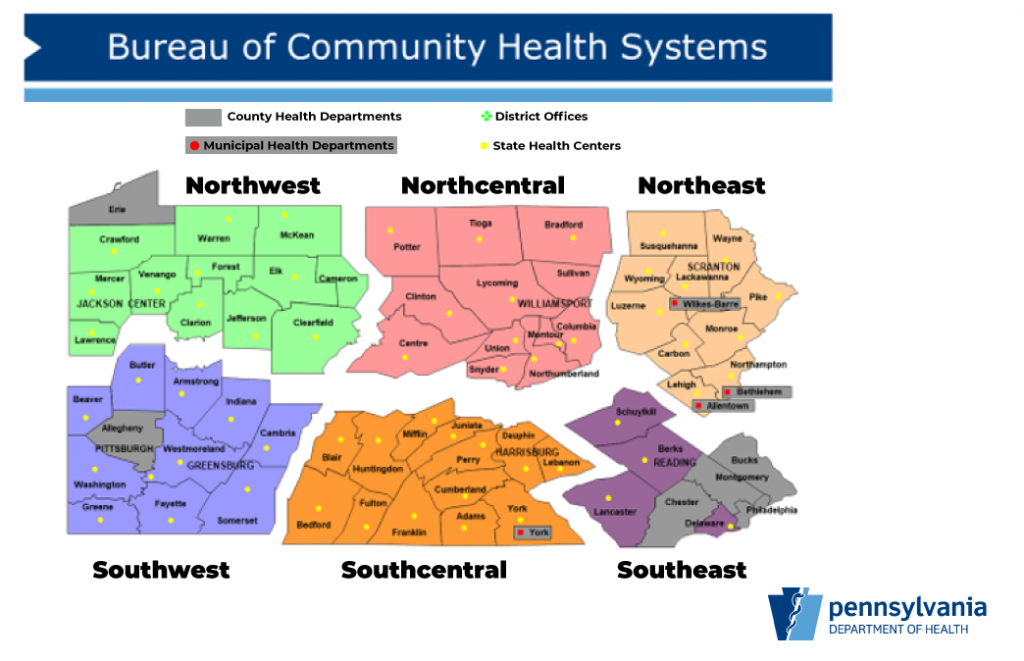Read a transcript of the message below, or view the PowerPoint presentation.
Surrender! Have you surrendered, yet?
As many of you heard me say in the cathedral live stream Easter Sunday – this particular moment is one where we are called to let go and trust in the Risen Christ –despite our best instincts to do it alone–we must walk together knowing that God walks with us on this journey as well.
This is what the Easter season is about – our thinking anew as to how we are to reach out and bring Christ’s love to a world so desperately in need. This crisis offers us an opportunity to lean into our ethical responsibility for the common good and to address the growing inequalities that that this pandemic has exposed.
I have heard from so many of you just how jarring it is to not be able to gather in community with others. I hear your longing for the Eucharist. I yearn for that time when we will be together again in celebration. And yet, I am so heartened by your innovative spirit – by the ways you are gathering together virtually in coffee hours, Bible studies, creative prayer and worship opportunities and other fellowship moments to stay connected. I’ve heard story after story of people who have overcome their fears of technology to reach out!
Many are anxious and wondering how and when we will return to gathering in-person for fellowship and worship. At this time, I’m calling on all congregations to remain closed to all in-person worship. We must continue to rely on our medical professionals to ensure that we return when we are safely able and have all the proper precautions in place. And though we have been longing for a specific and set date that we could look forward to—when things would suddenly go back to “normal’—what has become clear is that the events that surround us are much too complex to provide us that kind of certainty.
Rather, we are working with the Presiding Bishop’ office, other dioceses, similar organizations and diocesan leadership bodies to develop a phase approach for return.
A phase approach means that we do not set dates for when we return to worshipping in-person, but instead look at the circumstances surrounding us to decide what actions we should be taking in the present, and what actions we should take in the future when circumstances change. With guidelines from the United States and commonwealth governments, and other experts in the field of health, we have created a set of phases that describe appropriate church protocols based on health characteristics in our communities. Our goal is to continue to “be church” safely in every circumstance.
We are currently in Phase I, which is characterized by:
• Widespread community spread of the virus
• Overtaxed health system
• Short medical supply
• Lack of availability of vaccine, therapeutics, and counter measures
• Lack of protective supplies (e.g. gloves, masks, sanitizer) for general public
As long as these characteristics remain, we will continue to be in Phase I, which requires the following protocols:
• Gathering for online worship, formation, and community
• Limiting service ministries to safe protocols dedicated to essentials such as feeding ministries
Once the situation improves, and we see the following changes:
• Fewer than 50 COVID-19 cases per 100,000 people for at least 14 days (determined by regions designated by the Commonwealth of Pennsylvania–see map)
• Safe treatment of all patients requiring hospitalization without resorting to crisis standards of care
• Testing all people with COVID-19 symptoms
• Active monitoring of confirmed cases and their contacts
• Case-Based Interventions including quarantine while awaiting test results, traced relationships over 14 days, and quarantine for close contacts with diagnostic testing
We will enter Phase II, which means we can adopt the following protocols:
• Church offices open in spaces large enough for physical distancing (in consultation with the bishop)
• Continued online worship, formation, and community
• Small church worship under 25 may restart in spaces large enough for physical distancing (in consultation with the bishop)
• Continued health safety protocols:
• Wear masks
• Wash hands
• Sanitize frequently
• More specific guidelines will follow once Phase II health characteristics are closer to being met.
Once the situation improves so that there is:
• Negative community spread
• Global vaccination
• Widespread therapeutic availability
• Comprehensive testing for virus and immunity
We will enter Phase III, where we will adopt the following protocols:
• Church offices opened
• Missional and administrative capacities created
• Worship in churches
• Increased small group gathering
• Increased missional gathering
• Continued online worship, formation, and community
• Continued pastoral calling
• Return to service ministries with addition of new community relationships
For more information about all the phases, you can visit diobeth.org/COVID19.
Though it can be difficult to no longer operate with a specific “date-to-open” in mind, this phase approach allows us to safely and effectively plan for the future. And the lessons we learn in our current phase will help us be a more resilient, loving, and missional church in the future.
Please know that you all remain in my thoughts and prayers and that I need to hear from you. Please continue to reach out to our Diocesan Staff, particularly the Rev. Megan Dembi, if you have specific questions about our phased return to worship and ministry.
Know of my love for you, and that I, diocesan staff, and your friends and colleagues are available to support you through this time. For I am convinced that it is only together that we can walk through this moment and through this moment we will discover that God is building something we cannot yet fully see or know.
Pennsylvania Regional Map

